|
The Detox Diet
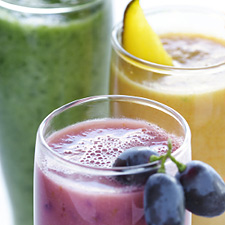
Tossing the Toxins!
A Guide to Detoxing Your Body
By Fiona Bramzell - December 2007.
Detox. Whether you are talking about toxin detox or drug detox it’s been around for centuries, the regular cleansing of the inner self. Recently the word has been cropping up frequently, bandied around by health gurus and celebrities alike. Not to be mistaken for the kind of detox that takes place in rehab (you’d have to consult Lindsay Lohan about that!), what we’re talking about here is the detoxification that proponents of the practice claim will rid the body of the everyday waste that can build up in our system.
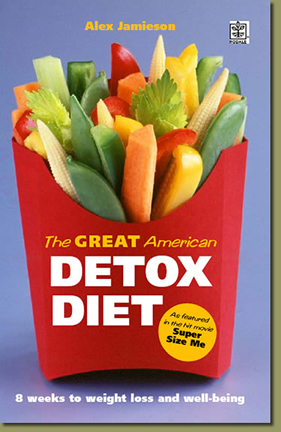
What are the signs of toxic build-up?
Your body can show many diverse symptoms, including sluggishness, constipation, fatigue and skin problems just to name a few. In other words, it slows down, hence the need to cleanse and start anew. You may also experience headaches, muscle pain and bad breath, all things that are guaranteed to give you that general ‘blah’ feeling! It’s a good idea to get checked out by your doctor before self-prescribing detox, just to rule out any other causes for your symptoms.
One major reason for the body feeling below par is an overworked liver. The liver is essential in processing and ridding the body of waste – overloading it with alcohol, fried or processed foods and caffeine is just asking for trouble and utimately the body rebels.
Why detox?
The current popularity of detoxing is largely due to it being used as a quick fix diet, though as most of us know, anything that makes the weight drop fast is always a little suspicious. Yes, you will lose weight, but it’s not the best or safest method. Much of the weight lost will be ‘water weight’ which returns as quickly as it went! It has been proved time and time again that this form of weight loss, especially if it is repeated frequently, can have a devastating effect on the metabolism and may cause it to permanently slow down, making any further attempt to drop even a few pounds, extremely difficult.
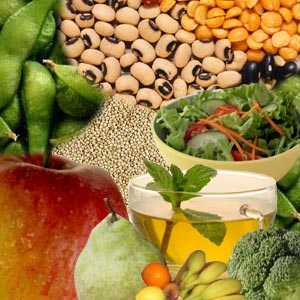
Detox should really be used as a way to rejuvenate the body. Digestion uses up a great deal of energy – by cutting down on the amount ingested means that the system can, in effect, take a vacation.
How can I detox at home?
When deciding to detox you need to do a little prep beforehand. Obviously there are some groups of people who should not detox and these would include pregnant and nursing women, anyone with a chronic or terminal illness and those with eating disorders. If in doubt, check with an expert! A good time to detox is in the warmer months. Spring, the time of renewal, is great, though some prefer to start the new year with a good clean out. If you have a particularly busy daily schedule, then either plan it around vacation time, or book time off. It’s a good idea to physically prepare the body for the withdrawal of it’s daily ‘fixes’. On the weeks leading up, cut down on caffeine, alcohol, smoking and processed foods.
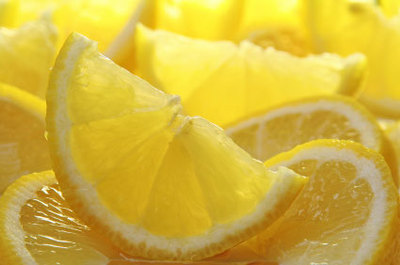
There are many different methods of detoxification, from the extreme (colon cleansing anyone?) to the extremely simple! Decide which suits you best. If this is your first time, it is recommended that the detox method is one that allows for the intake of some form of food, so as not to be a shock to the system. These would include the juice fast, the alkaline broth diet or the hyped Master Cleanse. This latter cleanse has proved extremely popular over the last year or so, with celebrities, men and women alike, singing it’s praises. It basically involves the ingestion of nothing but a mixture of lemon juice, maple syrup, cayenne pepper and water for a number of days. If you can stand the taste, it is worth a try and the exact recipe and instructions can easily be found online.
The tastier option is the broth, particularly in colder weather. For this, simply simmer a variety of vegetables, including celery, beet and carrot tops, potatoes and zucchini until soft, strain and drink. The broth has the added benefit of being rich in minerals and restoring the body’s PH balance. If none of these recipes appeal, it may suit you to follow a mono-diet. As the name suggests, it involves eating one type of food for a specified time (and no, Mars Bars don’t count!). Watery fruits are particularly good for this. One word of warning: anyone taking prescription medication should avoid grapefruit as it can interfere with the medicine’s effectiveness.
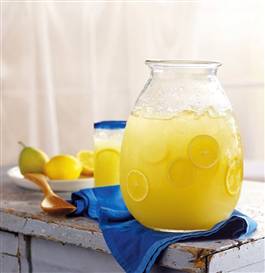
What should I do after the detox?
Reintroduce food back into your diet slowly to avoid a bloated feeling. Your stomach will have shrunk, albeit temporarily, and you certainly don’t want to overload it with heavy processed food. Hopefully, the energy and wellbeing you feel from having cleansed will make you extra aware and more in tune with your body.
You can maintain the detox process through, not only by eating in a healthier manner, cutting back on the bad stuff and fueling your system nutritionally, but by other methods such as dry brushing the skin, conscious breathing methods and exercise. Dry brushing is particularly beneficial for the lymph system and circulation. The lymph system carries toxins out of your body. If it is not working at it’s optimal level, it will leave you feeling sluggish and lethargic. Using a loofah or natural bristle brush, starting at your feet, brush in an upward motion and continue all over the body. It is also great for ridding your skin of dead cells, so make sure to moisturize well afterwards. Spending time in a sauna is good for sweating out those toxins, not to mention relaxing your mind. And, as with all detox methods, hydrate well at all times with water.
Finally, if you have the money but lack the self motivation, book yourself into a spa for a few days. Many spas have packages designed specifically for detox and, combined with a few pampering treats, you won’t feel deprived at all. Oh, and before you book, just make sure you’ve picked the right kind of detox centre, otherwise you might find yourself with Lindsay as your roomie!
|
|
|
|